KoganSteps: Therapists and Teachers in Motion Online Course
How Pediatric Therapists Can Help Neurodivergent Children Unleash Their Full Potential, Move More Effectively, and Improve Social Skills Without Feeling XYZ

A Therapeutic Understanding in an Artistic Package.
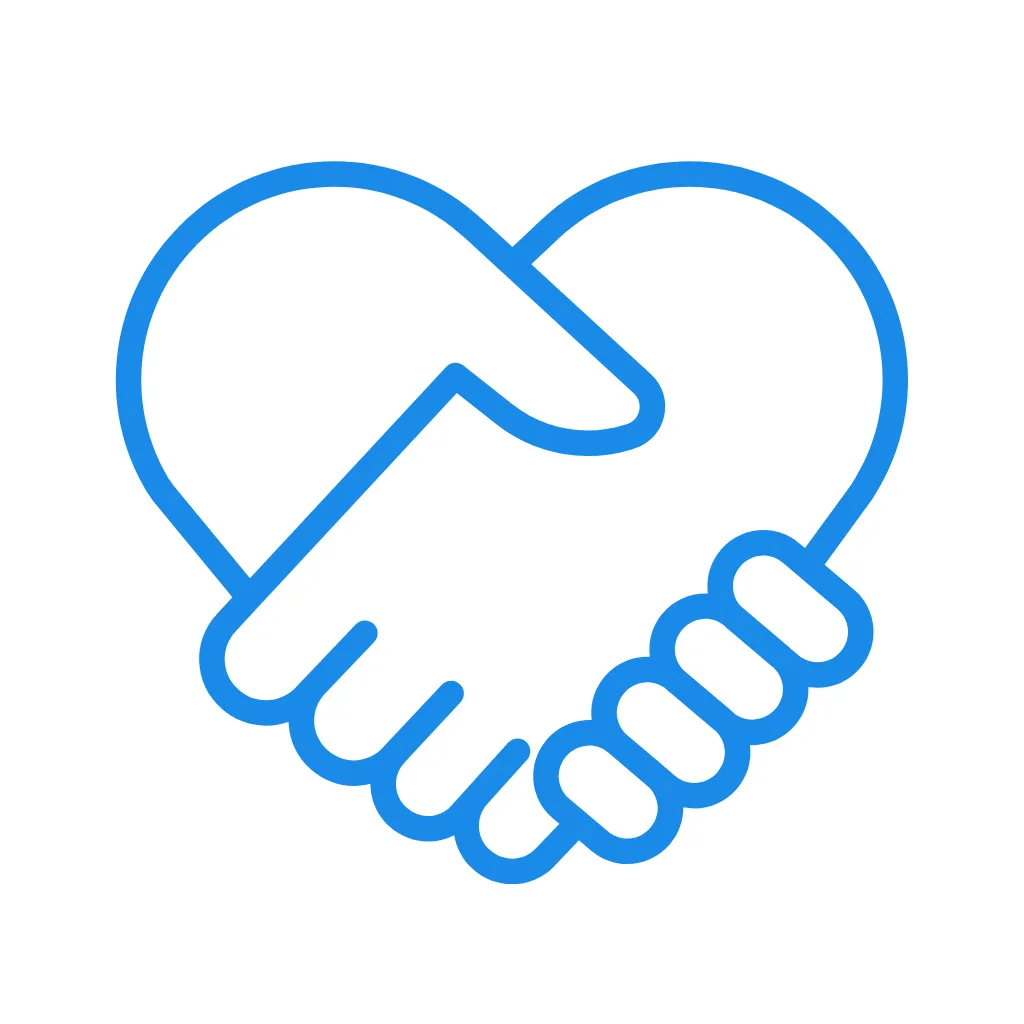
Who Is This For?
KoganSteps, created by a dancer and occupational therapist is a Movement Intervention designed to help pediatric professionals and educators, integrate movement practices into their current treatment for neurodivergent children and teens. The program seeks to educate all those who are or want to use movement with the children they serve.
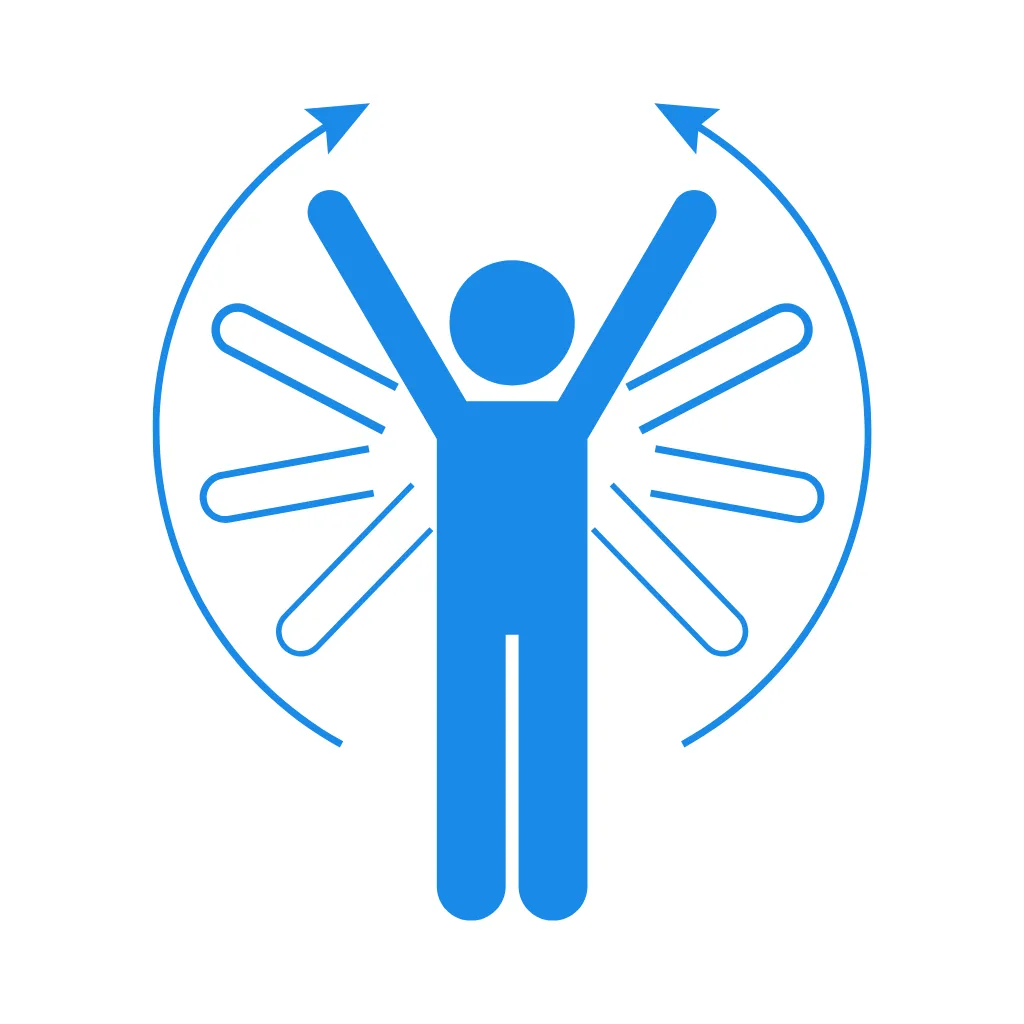
When Does It Start?
You start as soon as you enroll and will have immediate 12-month access to our self-paced 6-contact hour online curriculum. Whether you complete KoganSteps in a day or a year, we are here with you every step of the way. As you study, contact Ellen Kogan with questions, concerns, or just to share. We recommend participants wear comfortable clothing.
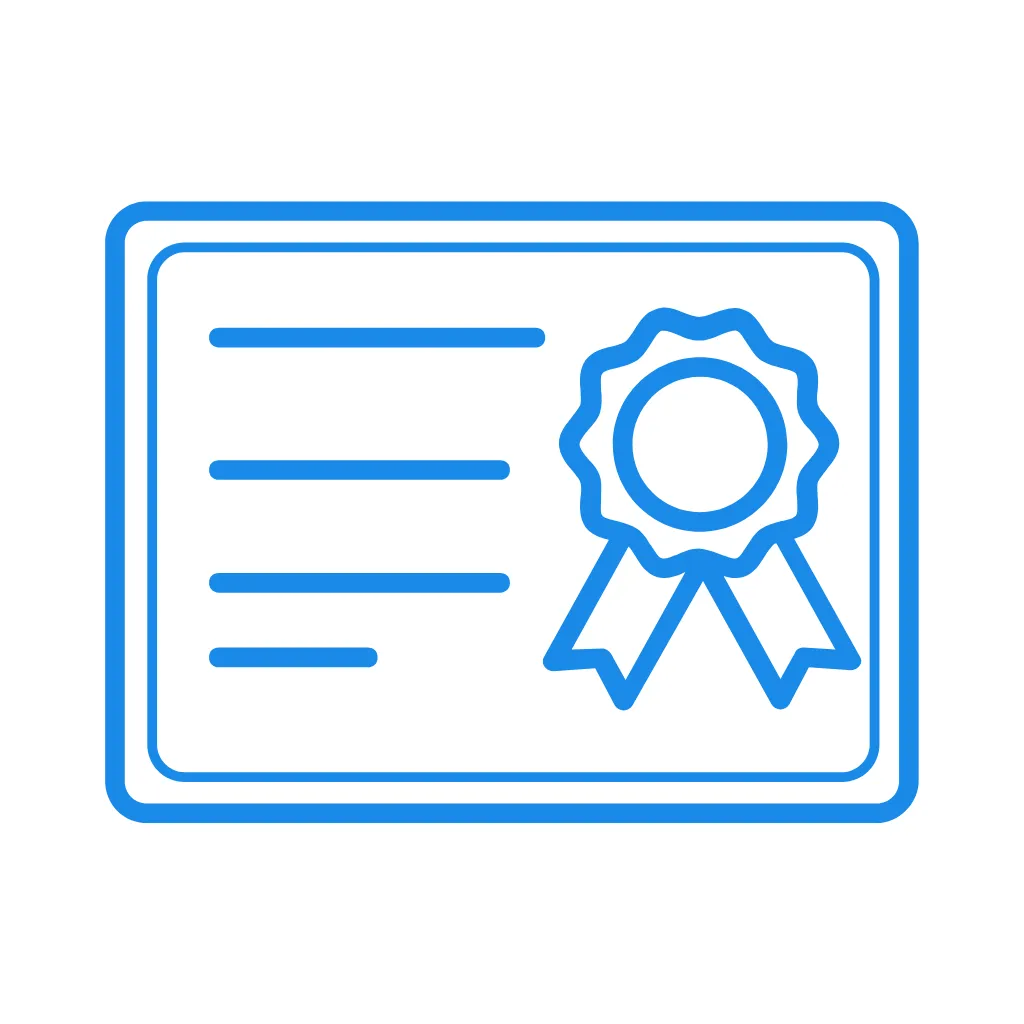
What's Included?
This online program awards 0.6 AOTA CEUs at an Intermediate educational level. This is an intriguing and dynamic presentation that uses music, props, and visual cues. Participants are directly involved in doing activities while they are learning. Several different disciplines are intertwined in such a way that the strategies are easy to understand and beneficial to all disciplines.
AOTA Approved
8 Contact Hours = 0.8 AOTA CEUs
After completing this intermediate, 6-hour self-paced course, you will be awarded 0.6 CEUs (6 contact hours) only if you:
✅ Complete all 6 modules
✅ Pass the simple quizzes
✅ Submit your case study, and
✅ Complete the required post-course satisfaction questionnaire.
You'll have lifetime access to the content but have 12 months upon enrolling to complete the course to receive the CEU.

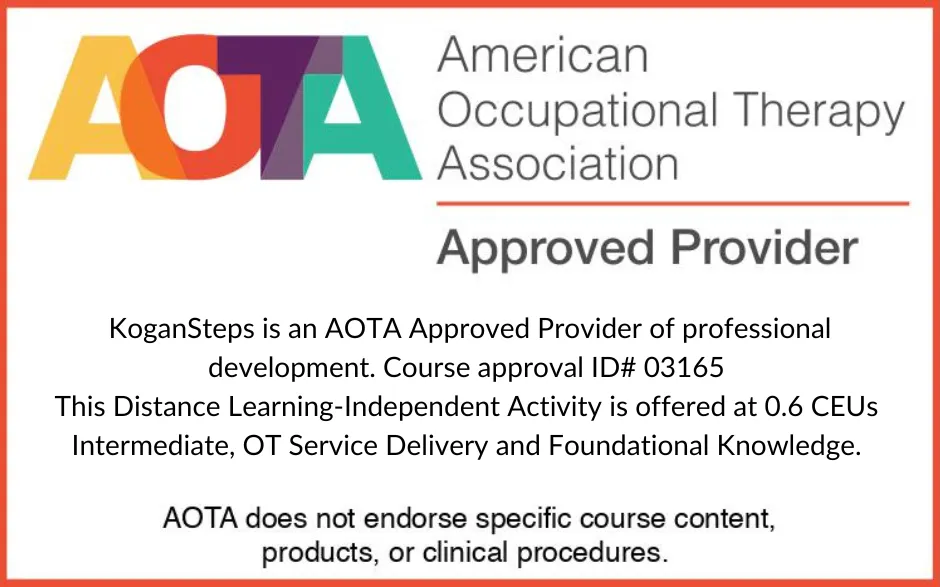
I almost gave up on helping children move, focus, and connect…
Many people don’t know this about me, but I really struggled when I first started as a school-based Pediatric Occupational Therapist…
My biggest goal was to be the most impactful therapist I could be for the students and schools I served…
Let me tell you a quick story about the time I was working with one of my 22-year-old non-speaking students who struggled with attention, social participation, and movement...
He rarely joined in group activities, often froze during gym, and had difficulty organizing his body in space...
Then one day, during a school field trip to an amusement park, I noticed something that completely changed the way I understood movement…
While all the other students eagerly climbed into go-karts, he stood completely still...
He wasn’t being resistant — he simply couldn’t bend his knees or lower himself into the seat…
His entire life had been lived between two static positions: standing or sitting…
That day, my heart broke. And at the same time, I knew I had to find a better way…
Up until then, my focus had been on meeting state-mandated IEP goals — measurable on paper, but rarely meaningful in real life…
The truth was, most of my students’ goals didn’t reflect the actual emotional, social, cognitive, and physical integration needed for true progress…
Almost all of my caseload wasn’t participating in gym or group movement…
And I wasn’t alone — when our middle school director asked the OT department to develop a movement program for students not participating, many of my colleagues admitted they didn’t know where to begin…
Movement, rhythm, and body organization simply weren’t taught as core therapeutic interventions in OT school…
I was exhausted, frustrated, and feeling like I was failing the very children I wanted to help…
When the middle school director asked the OT department to create a movement program for children who were struggling to participate, I felt something shift inside me...
I knew these students weren’t defiant—they were disconnected…
So I built a program grounded in Space, Time, and Energy, and as I watched movement evolve into a language of connection, I witnessed incredible change: improved motor control, greater focus, and children who finally felt seen, capable, and part of something bigger…
I began exploring how diminished movement skills, sensory processing differences, and poor motor control affected each child’s ability to learn and connect...
I discovered that by integrating rhythm, synchronization, and positive responses to music, we could awaken participation in even the most withdrawn or dysregulated children…
Through movement-based sessions that combined rhythm, imitation, body awareness, and spatial orientation, I started to see profound changes…
Children who once avoided gym began smiling, clapping, and moving to the beat!
They began navigating their environments more confidently — organizing their space, using objects safely, and engaging with peers in ways I had never seen before…
I realized that movement could be a bridge — a way to integrate emotional, social, and cognitive systems through the body...
It was the missing link between physical skill and meaningful participation...
Now, with this evidence-based movement intervention system, I teach pediatric and school-based OTs how to:
● Use Space, Time, and Energy to design structured movement sessions that build motor control, attention, and engagement
● Integrate rhythm, synchronization, and music to support self-regulation and social interaction
● Address sensory processing, body awareness, spatial navigation, and imitation as foundational tools for learning
● Organize the environment and technology setup to create safe, productive, and engaging movement interventions in the classroom or therapy space
Because of this approach, my clients started to move — and live — differently…
That same young man who once refused to bend his knees?
After months of rhythmic low-space activities, he began bending, crawling, and dancing with joy…
For the first time, he wasn’t just moving — he was connecting…
Now I’m living my dream of guiding school-based occupational therapists to help their students integrate body and brain through meaningful movement — so they never have to feel stuck, isolated, or unsure of how to truly reach their most challenging cases again…
If you implement each step I show you in this course, you’ll know exactly how to approach behaviors through movement, address the real underlying challenges, use rhythm and space to unlock attention and engagement, and finally see your students move — freely, confidently, and joyfully — once and for all.
Lock in today's price before it increases in the future. As I add more and more content, the price will go up - but enroll today, and you'll get all the future updates and modules completely free.
Your friend,
Ellen Kogan, M.A. Dance, M.A. OTR/L
Speaker and Author of KoganSteps
Presenter Disclosure: Financial: Ellen Kogan is the author of this PD Activity and receives royalty payments for delivering this course and is an employee at KoganSteps LLC. Non-financial: Ellen Kogan has no relevant non-financial relationships to disclose.
Content Disclosure: This learning event does not focus exclusively on any specific product or service.
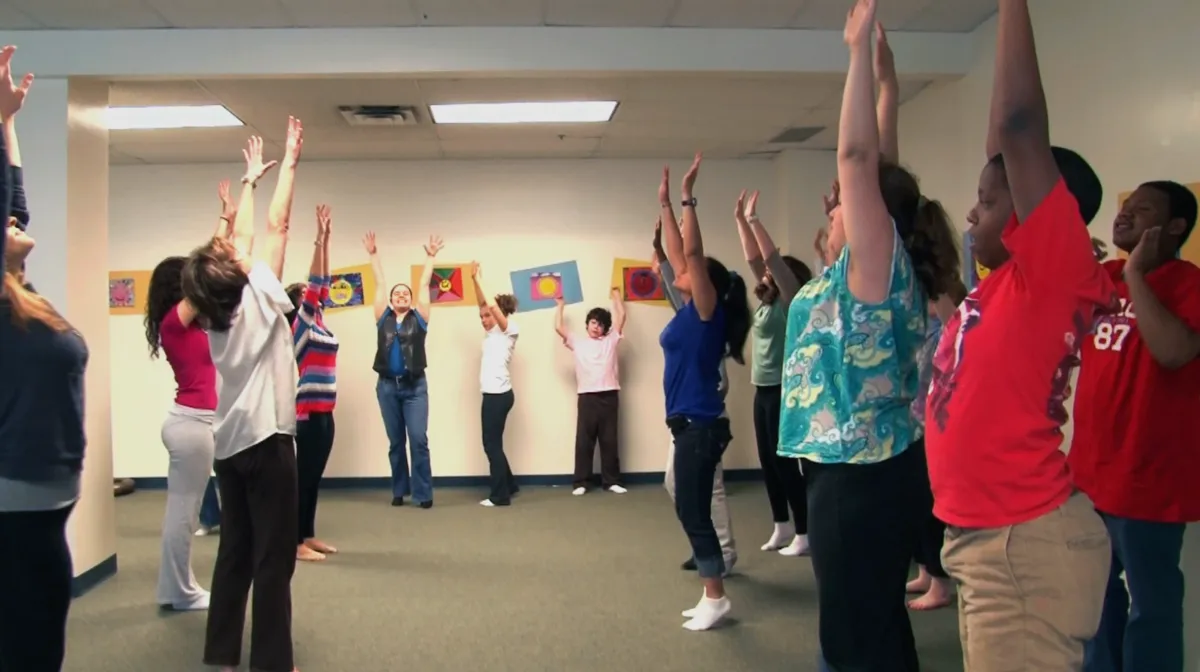
Become a powerhouse for change.
Ana Nery Fragoso, former Director of the New York City Department of Education Dance Department, introduces Ellen as NYC occupational therapists and teachers begin a KoganSteps workshop.
Bridging the gap between dance and science,
between practice and theory.
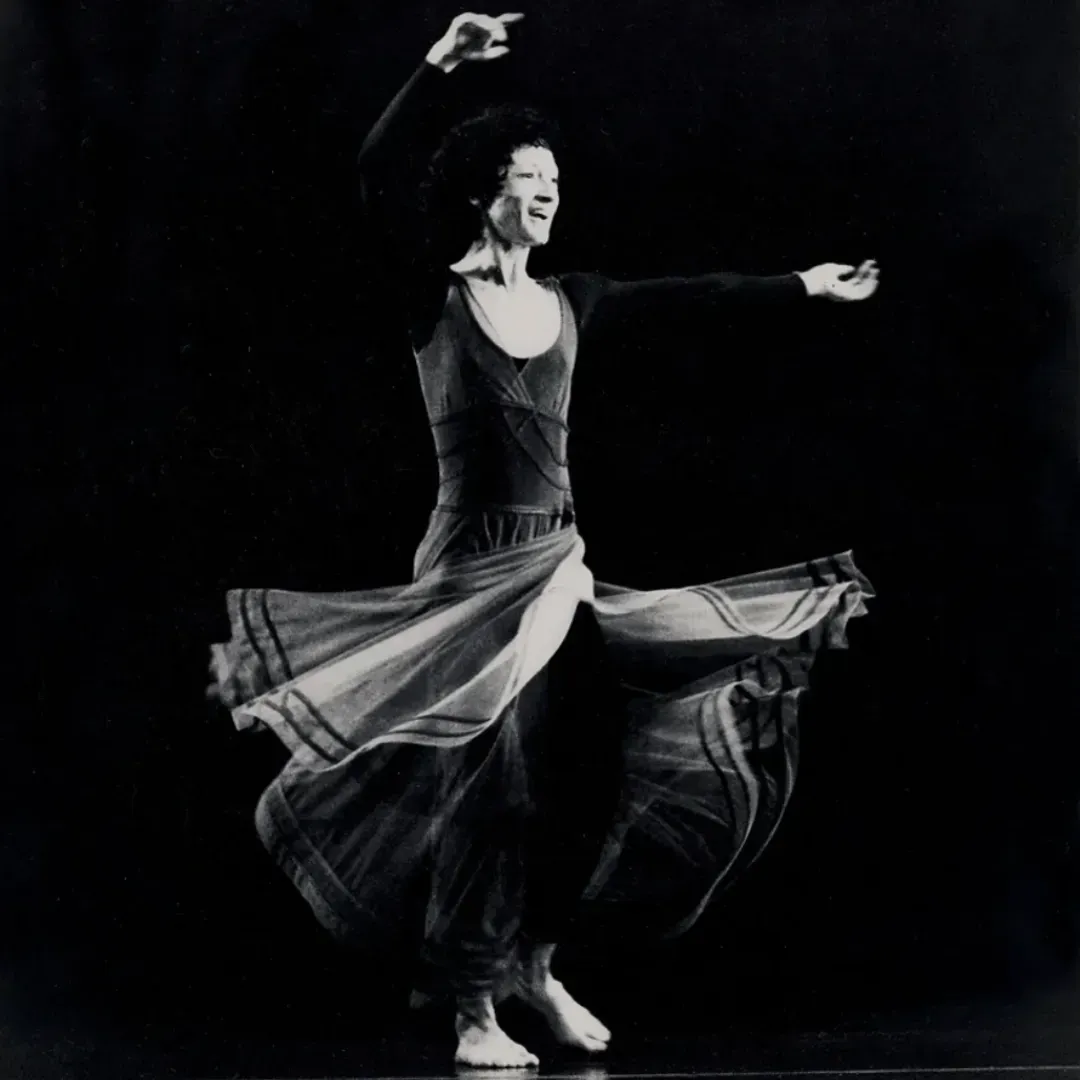
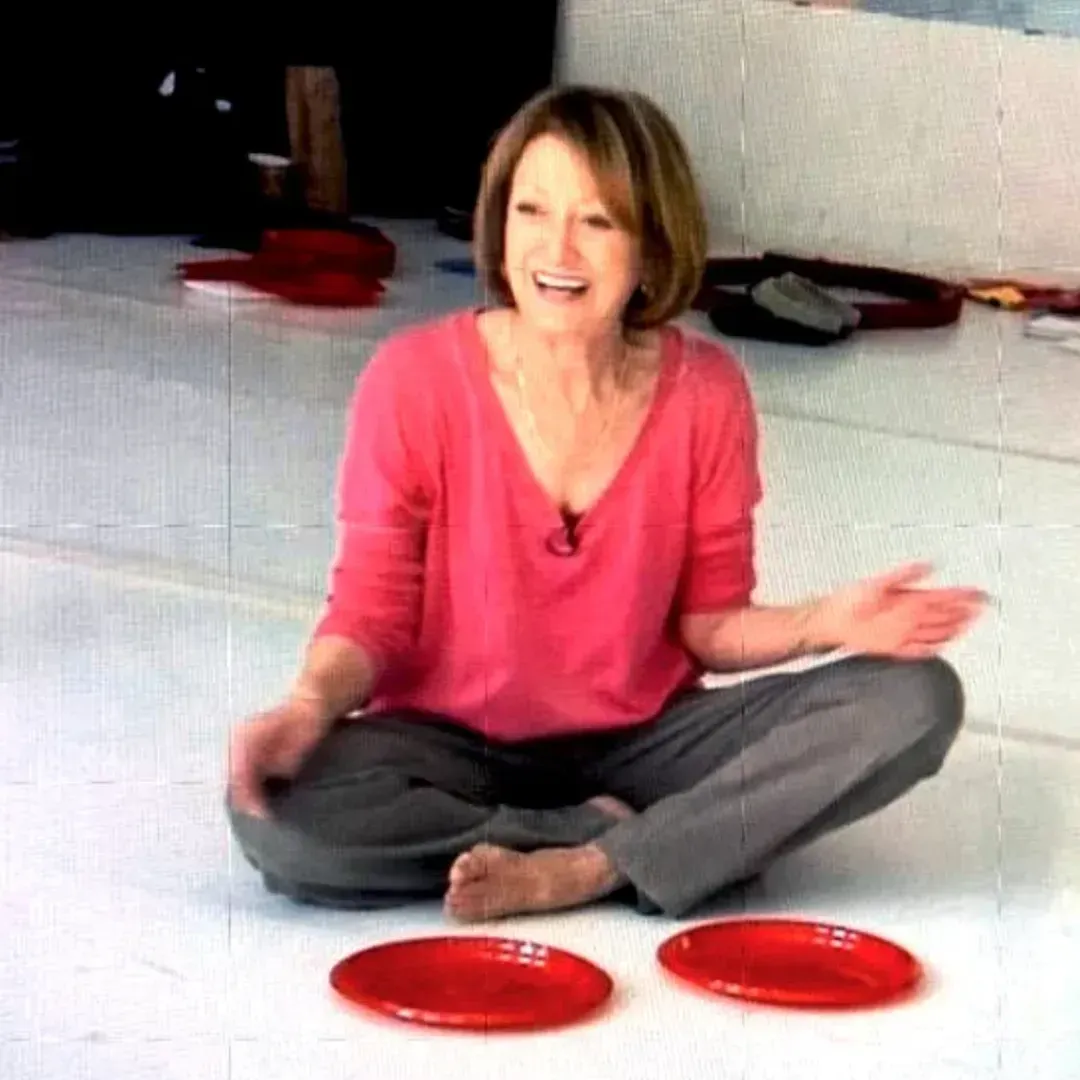
Dance taught me the power of movement.
OT taught me how to use that power to help children.
There is a power in movement that everyone can learn to use. You don’t have to be a dancer or a “mover” or change your own movement, to be effective. Find your creative self in my evidence-based course and using the movement skills you already have, help children move more effectively, learn more, and improve social skills.
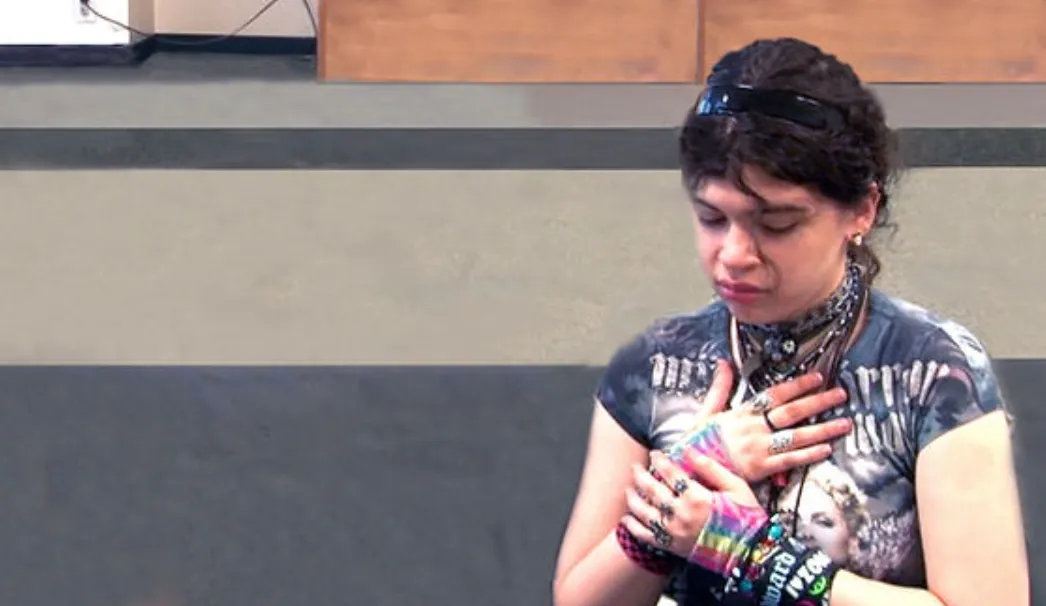
Testimonials
“As Director of Education for Notes in Motion Dance Theatre, I am delighted to share the success of our recent professional development workshop with Ellen Kogan. Ellen’s expertise and passion guided our teaching artists through innovative and engaging dance activities tailored to support students with disabilities. This experience has empowered our team to bring new engaging, inclusive, and joyful activities for all learners into the classroom that build students’ confidence and foster a sense of community. We are deeply grateful for Ellen’s invaluable contributions to the field of dance education, her curriculum inspired by years of working with students of diverse abilities, and the lasting impact it will have on the classrooms we serve.”
- Alana Urda (she/her) Director of Education, Notes in Motion/Amanda Selwyn Dance Theatre
“I was amazed at how Ellen Kogan has seamlessly merged her dance experience into her occupational therapy outcomes...my co-workers asked me why I was almost glowing when sharing what I had learned at this seminar! Quite frankly, this program should be in every school.”
- Margot Serwer OTR/L, Pediatric Occupational Therapist, A movement specialist specializing in motor planning and coordination, sensory processing, primitive reflexes, brain and body integration, and executive functioning.
"Ellen approaches her workshops with intellectual precision and passion. Rather than giving off-handed answers to students’ questions, Ellen looks beneath the questions to their source and answers on a level that has the power to change not only how one moves, but also how one actually thinks about and perceives movement overall. Hers are not textbook answers but rather answers that come from her own ongoing quest to understand the complicated universe which is the human body….and further, to understand that body’s relationship to space, time and to art itself.”
- John Mead, Ph.D., NYU
“Ms. Kogan is brilliantly bridging the gap between theory and practice while showcasing students at their best... using her skills and expertise to deliver the important themes of Space, Time and Weight/Energy wrapped in creative dances.”
- Priscilla L. Feir Ph. D., Former Education Director the Hallen School
“Before our eye we see children that normally will not look at anyone or touch or be touched by another person, suddenly laughing, helping each other, dancing in a circle or conga line and ready to participate as a community.”
- Carla Maxwell, former Artistic Director of the Limón Dance Company
The Mission of KoganSteps: A Movement Intervention
The mission of KoganSteps: A Movement Intervention is to inspire all children, especially those with autism and other neurological challenges, to unleash their special strengths and individual potential through a highly effective, enriching movement therapy that celebrates each child’s unique gifts. By understanding the scientific significance of movement as an intervention and integrating informed movement practices, targeted to the child’s needs, KoganSteps opens the door to an exciting, innovative approach that empowers each therapist to bring lasting change to the children they serve.
The missing treatment...
While researchers have talked about the advantages of embodiment techniques for years for children with autism, there are few structured, clinical movement programs. to address these children's needs through a targeted understanding of movement and neurodivergent children...
Until now.
We invite you to join us in this mission so you too can use movement to create Functional Movement for children who need us so much.
Join me in bridging the gap between theory and science.

There is nothing like this in our Practice...
The Tire Dance
Using a ramp and a box to jump off, The Tire Dance was originally created to help children learn to bend their knees. Over time it was used to increase awareness of other body parts, memory, planning, sequencing, dealing with one's own weight and moving forward and backward in space.
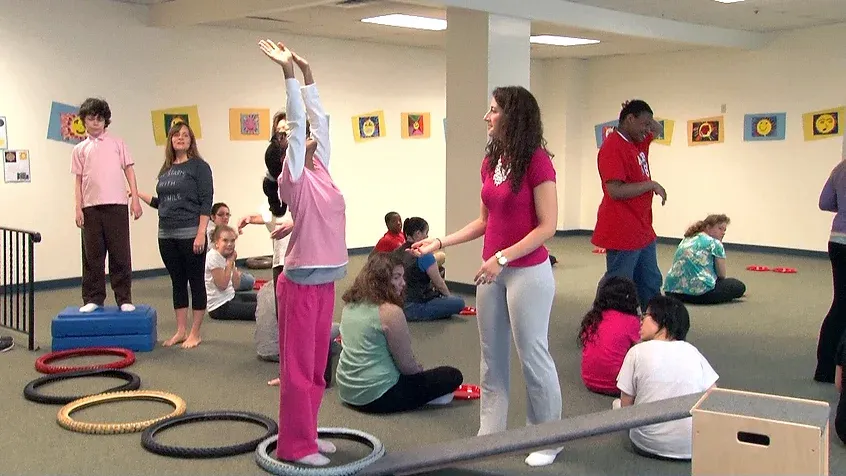
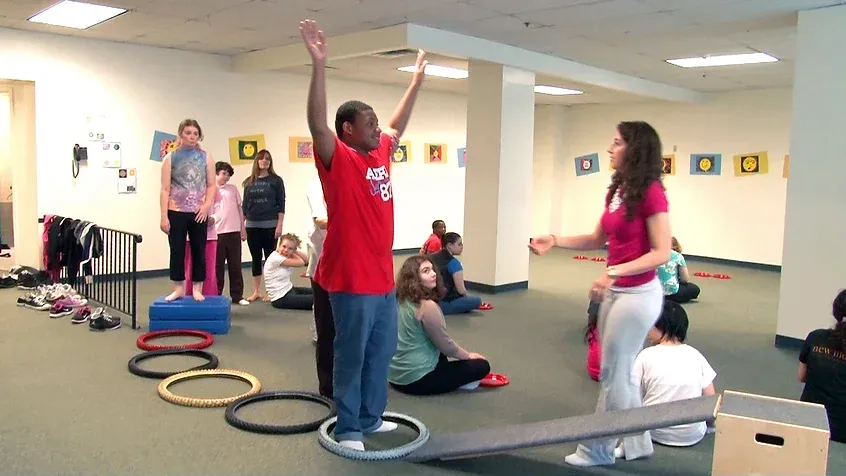
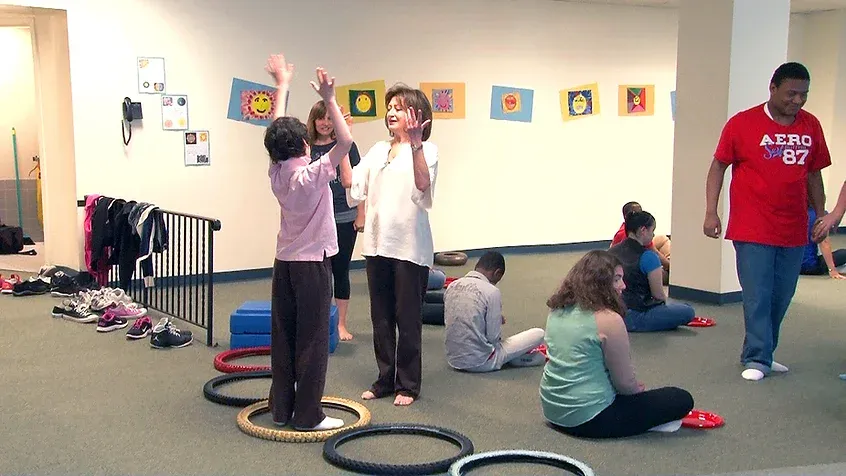

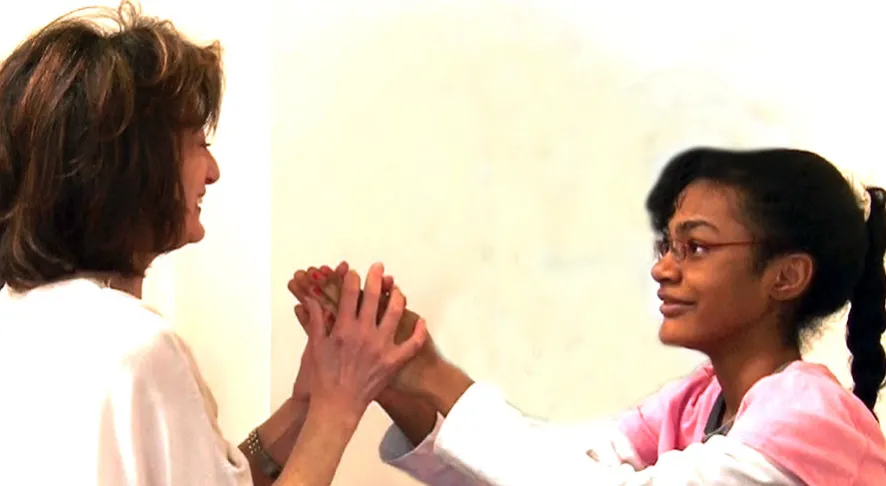
It works.
It's fun.
It gets results!
Learning Outcomes
At the conclusion of this professional development activity, participants will be able to:
1. Analyze embodiment concepts and body-based practices and demonstrate an understanding of why they are effective treatment approaches for children with disabilities.
2. Identify how functional movement skills can promote emotional, social, cognitive, and physical integration to improve health and wellbeing.
3. Develop 2 or more hypotheses of why children who learn differently may benefit more from a structured movement program than other more traditional methods.
4. Identify the three elements of movement – Space, Time, and Energy – and analyze how they can become a therapeutic intervention for motor control, attention, and social skills.
5. Analyze a simple assessment tool, The Movement Evaluation Continuum, to identify diminished movement skills and motor control challenges in an individual child or group of children.
6. Develop a minimum of three informed, targeted movement strategies to be integrated into existing treatment plans.
7. Analyze how rhythm, synchronization, and a positive response to music can impact change.
8. Adapt commonly used movement vocabulary words to one’s professional practice and field of expertise.
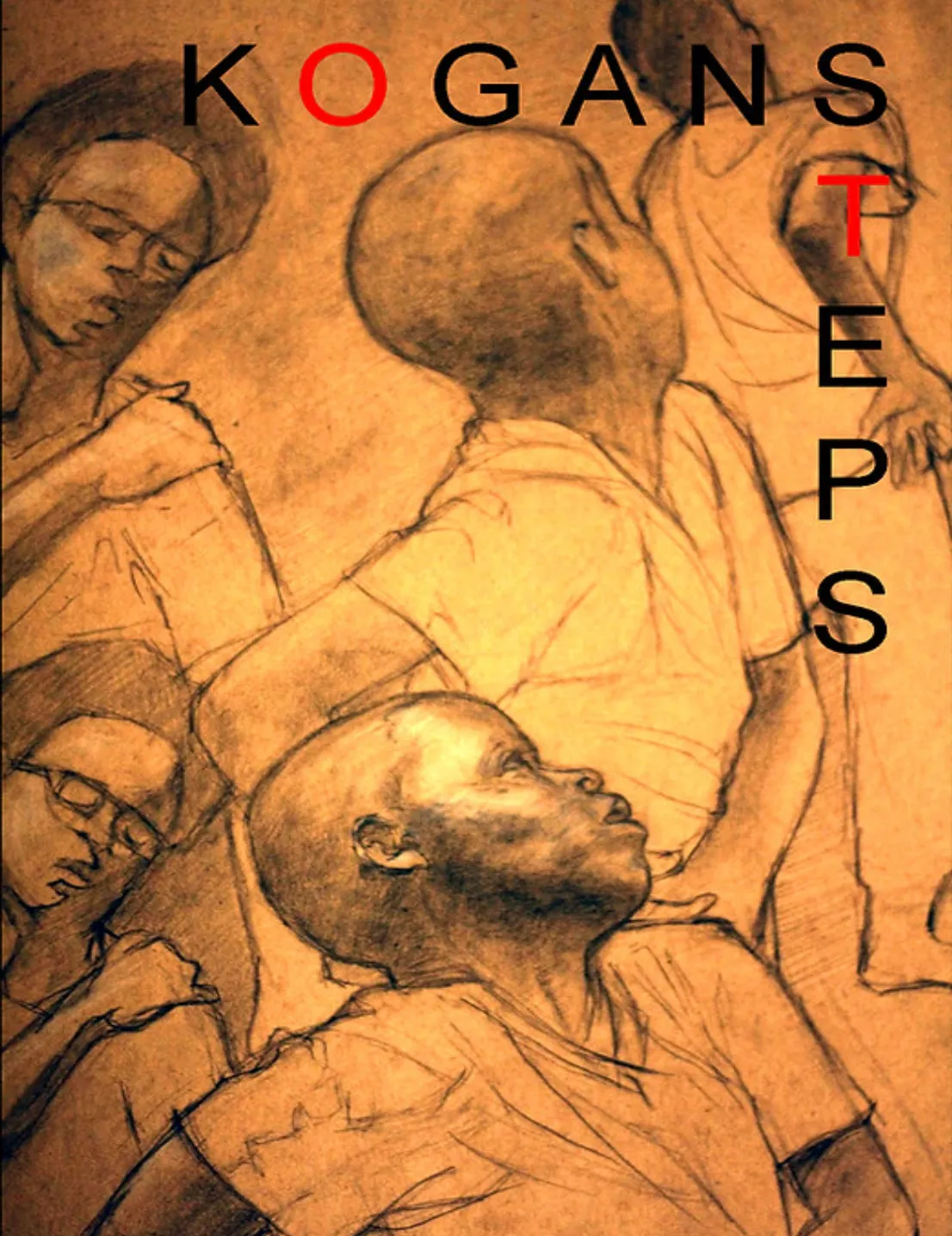
9. Identify three interventions that focus on either sensory processing, imitation, rhythm, body awareness, or spatial orientation.
10. Learners will identify two ways to navigate their environment and organize their space and objects in preparation to safely and productively implement a movement intervention including technology setup.
Combination of Science & Art
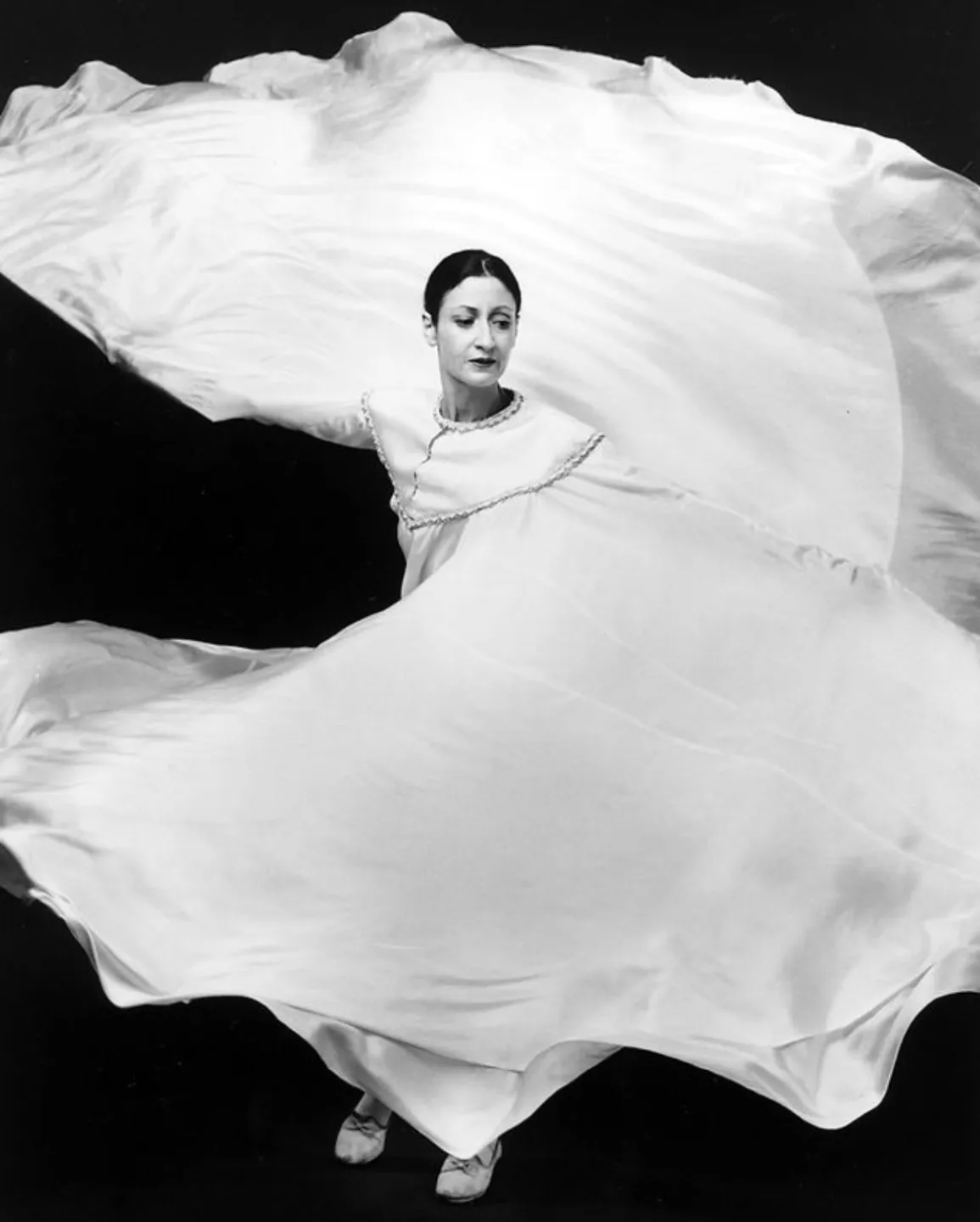
Ellen Kogan Photo: © Jack Mitchell
Movement is a birthright. Something most of us do naturally.
But this is can be less true for children with disabilities who often must be taught and get better with practice. For these children, movement is the difference between function versus dysfunction.
Enroll now to help these children live richer more functional lives.
Here is what you get when you enroll.
KoganSteps: A Movement Intervention
On-Demand Online CEU Course
Twelve-month access to New 2024 KoganSteps: A Movement Intervention On-Demand Course.
Whether you take the course in a year or at a faster pace, you have online help along the way with answers to your questions, and concerns, or just if you want to share your experiences with Ellen or others taking the course.
Certification of Completion Awarding you 0.4, 0.6 or 0.8 AOTA CEUs
(4, 6 or 8 contact hours) after completing the satisfactory completion process.
New Dance and Movement activities, and interventions
to help the children you work with.
Exclusive access to KoganSteps's done-for-you informal assessment, The Movement Evaluation Continuum
to assess a child’s movement challenges and create treatment.
A deep understanding of the power of movement to make change.
Only
$127 (4 Hour)
$197 (6 Hour)
$227 (8 Hour)
This is a limited one-time offer to Celebrate the launching of KoganSteps. Please act now. Children aren't children for very long
100% Satisfaction Guaranteed
If the learner is not satisfied with the content of the Professional Development Activity for any reason and the Professional Development Activity has been started with less than 1 (one) module completed, the learner may request a full refund within 14 days of purchase.
More Testimonials and Reviews
"This course provided a framework to think about kids differently with the time, energy and space concept. It forced me to think harder about the activity choices and match it with my client's needs. Also, as much as I did not want to make a video, I learned from the experiences, and I truly appreciated the thoughtful comments in response to the dances.
I have already used (knowledge and skills gained in the course) with one of my clients and plan to continue to do so. The plate dance is a favorite! "
-Susan Schwartz, OTR/L
KoganSteps is a skillfully developed series of lessons and activities designed to provide a therapeutic movement program for individuals with autism and other neurological impairments. Beautifully merging the most recent scientific knowledge about the brain and its functioning with the artistry and creativity of dance, KoganSteps takes the participant, step-by-step, through a combination of listening, reading, moving, and creating one's own dance activities to present to students. It offers methodology by which to evaluate each student's movement patterns, strengths and weaknesses, tailoring individualized dances for each one, or as a group.
Ellen Kogan, a recognized Dance artist and Occupational therapist brings her decades of experience in both fields, providing a very warm, sensitive, and encouraging teaching style. To study with Ellen is to experience her passion and dedication to this field and her empathy for young people with disabilities. As a lifelong dancer, dance educator, General and Special educator, and sister of an individual with a disability, I highly recommend this inspiring and innovative program!
- Joan Kavadlo Cohen, New York City Department of Education, Retiree
“Going through the process of how to evaluate and how to then design movement activities makes it easily applicable in a variety of settings and a variety of needs. Also, you have such a great style of talking to the camera, I felt like you were really talking with me, and engaging me. All the variety of videos of examples were so helpful. The website is well designed, and easy to use. Having to design my own dances really got me to review the information and apply it right away.”
- Brigette Hill , OTR/L
I thought the course was great! I appreciated how the information was presented, especially all the video examples, which provided a great visual demonstration of the concepts.
- Courtney Jacob , OTR/L
“I am struck anew at the power that movement, song, and touch can bring to healing. I cannot say enough wonderous things about Ellen Kogan and her work. You must experience it yourself.”
- Carla Maxwell, former Artistic Director of the Limón Dance Company
“I found Ms. Kogan thrilling to watch as she combined her two worlds to benefit many underserved students. ….an endless desire to use one’s skills and opportunities to help those who are unable to help themselves due to physical, emotional, or cognitive influences. Ms. Kogan exemplifies and gives witness to the commitment, dedication and creativity of a true professional…I wholeheartedly endorse her search to continue to practice her art and science to make significant differences in the daily lives of students using a mix of her traditional and movement treatments.”
- Priscilla L. Feir, Ph. D., Accreditation Officer Middle State Association
“This was wonderful, I love the hands-on approach to the session and what Ellen does is inspirational.
A great program!
Super presentation.
Master at this population.
A highly creative program for use with the school. I wish my school had this program.
Excellent balance experiences, seeing video and explanation.”
- 2013 Intersections: Arts and Special Education Conference at the John F. Kennedy Center for the Performing Arts. Young Child Expo and Conference, 2013
“Enjoyed all of it. Thanks. Very Helpful
The workshop’s strategies and techniques will be helpful for my students.
Very engaging and relevant. Wonderful. Can’t wait to share and utilize this new knowledge.
I loved the experience of movement. The program is amazing.
Fun and well-planned! Excellent! I absolutely would recommend this workshop.
This was happy hour for me.
Outstanding presenter! Engaging, knowledgeable, caring, and passionate.
Great Workshop. Thank you
Amazing presenter. Loved the hands-on learning. Able to coordinate knowledge with all levels of practice.
Highly informative. Loved the physical involvement of teacher and workshop. Theory and practice paired very nicely.
Ellen is excellent. I was excited the whole time.
Ellen is awesome. Thank you.
This was an excellent workshop! Very interactive and fun. I learned so much. Amazing presenter!
Ellen was amazing!
All practical “hands on” activities for groups and individuals. Thank you.
Loved hands on approach. We didn’t stay seated looking at slides. Thank you.
I liked creating our own scenarios and seeing others. It was great participation so we could see it first-hand.
Ellen was very energetic and knowledgeable. I enjoyed learning so many fun movement activities to incorporate into my treatment sessions. I would highly recommend this course.
Please invite this presenter for future workshops. I really would like for other colleagues to be able to learn the types of techniques I learned today.”
- New York Therapy Placement Services, Inc. New York City
"Ellen dearest - what an absolutely beautiful document of the masterful, loving and sensitive work you have been doing! Really so touching and at its core, so very very joyous. Exemplifying the immense power of movement to open doors in all children, this is movement therapy taught from a dancer's point of view. It's wonderful how you reinforce trust, create a calm, safe atmosphere, instill cooperative learning expectations, impart basic movement concepts and vocabulary, elicit eye contact and physical contact with others, build mutual appreciation, and introduce the pleasure of aesthetics - love those original group tableaux! Your use of props like the plastic plates to facilitate certain movement patterns works so well. And the kids look so happy to be participating.
Brava!!!"
- Joan Finkelstein, Dance and Dance Education Consultant
Dance Education for Diverse Learners a Special Education Supplement to the Blueprint for Teaching and Learning in Dance for NYC schools.
Former Director of Dance for NYC Department of Education.
Currently Director of Dance for Harkness Foundation.
Who is this course for?
This course is primarily designed for therapists, dancers, and other service providers who are working with neurodivergent children of all ages. It is open to educators, administrators, parents, and paras and will be of tremendous benefit to anyone interested in integrating movement into the daily lives of the children they care for. Which educational level is this course considered?
Which educational level is this course considered?
Intermediate.
What ages does this course apply to?
All ages.
Is this course pre-approved for CEUs?
Yes, this course is accredited by AOTA, and is a total of 4, 6 or 8 contact hours, and therefore you will be awarded 0.4, 0.6 or 0.8 CEUs if you complete the course in its entirety.
Do I receive a certification of completion?
Yes, you do receive a certification of completion.
Is there a group discount?
Yes, please reach out to me at [email protected]
How do I request an accommodation for special needs?
If you have special needs, please contact me at ekogan@kogansteps before registering. Accommodation will be provided as per the American Disability Act.
How long is this course?
4 hours, 6 hours or 8 hours depending on which course you decide to take.
How do I contact you?
Email: [email protected]

A sense of stillness, the presence of others, inhibition, and visual attention bring the body and mind into focus.
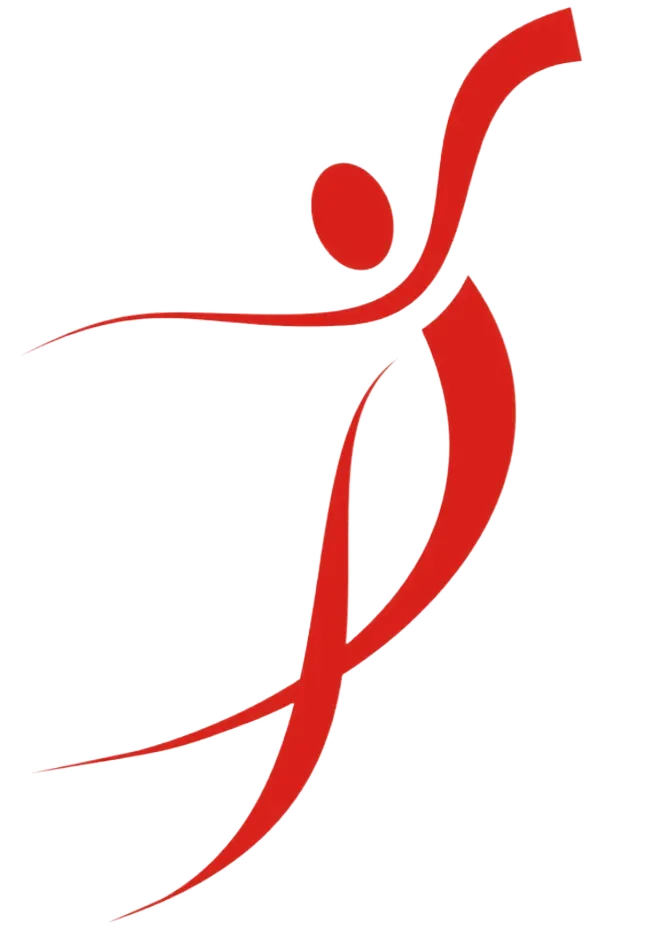
© 2025 KoganSteps - All Rights Reserved
Terms and Policies
Contact
Mission Statement

Terms and Policies
Contact
Mission Statement
Login
© 2025 KoganSteps - All Rights Reserved